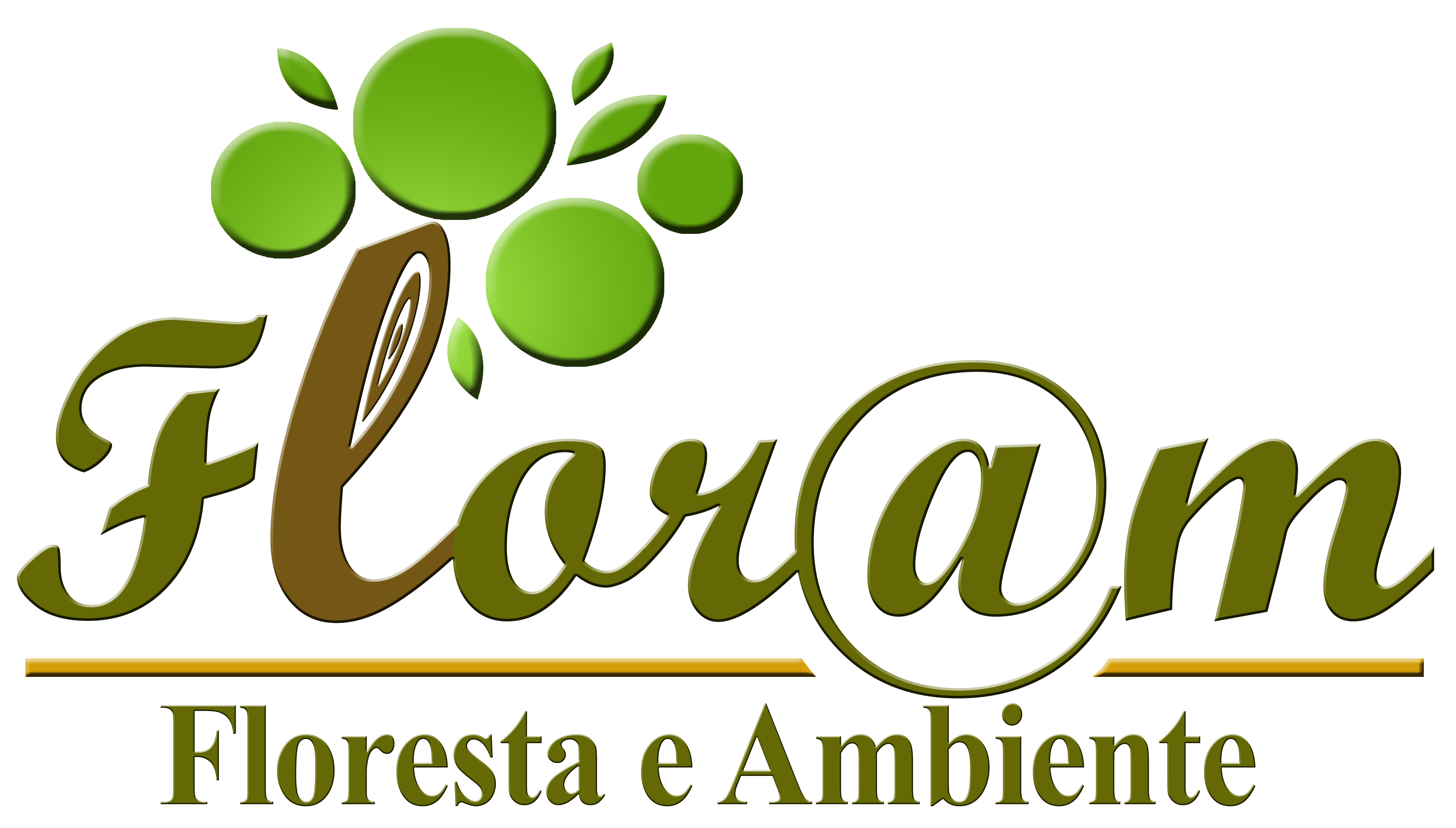Taxa de Secagem e Qualidade da Madeira Serrada de Hovenia dulcis Submetida a Dois Métodos de Secagem
Drying Rate and Quality of Hovenia dulcis Sawn Wood Submitted to Two Drying Methods
Susin, Felipe Susin; Santini, Elio José; Stangerlin, Diego Martins; Morais, Weslley Wilker C.; Melo, Rafael Rodolfo de
http://dx.doi.org/10.4322/floram.2014.016
FLORAM, vol.21, n2, p.243-250, 2014
Resumo
Para avaliar a taxa de secagem e a qualidade da madeira, 30 tábuas de Hovenia dulcis com dimensões de 2,5 × 15,0 × 280,0 cm foram submetidas à secagem ao ar e em estufa solar. Para a condução do primeiro método, a madeira foi empilhada sobre uma fundação constituída de toretes de madeira tratada e coberta com telhas de amianto; para o segundo método, a madeira foi colocada em uma estufa com armação de madeira e plástico PVC transparente, dotada de circulação forçada de ar. Os resultados evidenciaram que o tempo de secagem ao ar foi duas vezes maior do que na secagem em estufa solar, para atingir o teor de umidade de 15%. Embora a qualidade da madeira tenha sido semelhante nos dois métodos, a taxa de secagem foi significativamente maior na estufa solar, sendo que a maior diferença em relação à secagem ao ar foi abaixo do ponto de saturação das fibras.
Palavras-chave
estufa solar, secagem ao ar, defeitos de secagem
Abstract
In order to evaluate the drying rate and quality of Hovenia dulcis wood, 30 boards with dimensions of 2.5 × 15.0 × 280.0 cm were dried in air and in a solar kiln. For conduction of the first method, the wood was stacked on a foundation consisting of short logs of wood treated and covered with asbestos shingles; the second method was carried out in a greenhouse with timber and transparent PVC plastic structure, equipped with forced air circulation. The results showed that the drying time in air was twice as slow as in the solar kiln to reach the moisture content of 15%. Although the quality of wood was similar in both methods, the drying rate was significantly higher in the solar kiln, and the largest difference compared with air drying occurred below fiber saturation point.
Keywords
solar kiln, air drying, drying defects

